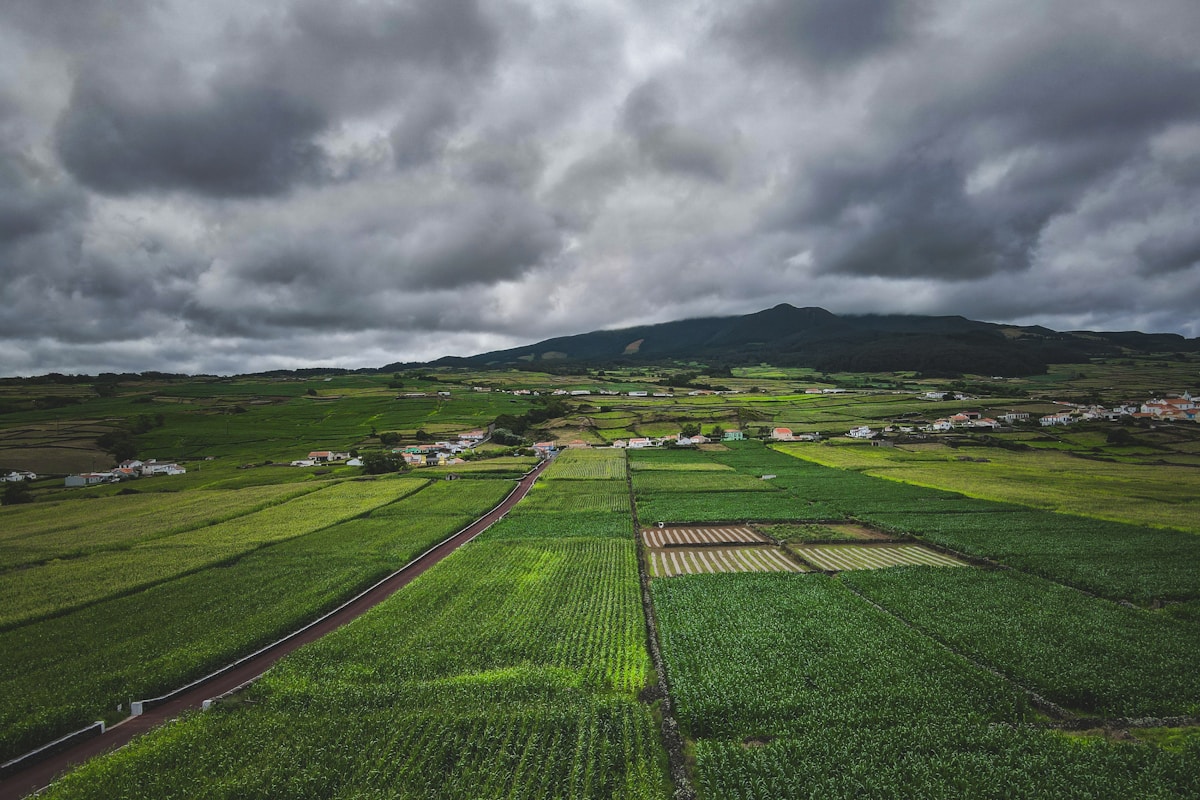Introduction to Vertical Farming
As urban populations continue to grow, the demand for fresh produce in city environments has never been higher. Traditional farming methods struggle to meet this demand due to space constraints and environmental challenges. Enter vertical farming, a revolutionary approach that utilizes innovative techniques to grow food in urban settings. This blog post explores how vertical farming maximizes space and resources, providing fresh produce while minimizing environmental impact.
What is Vertical Farming?
Vertical farming is the practice of growing crops in vertically stacked layers, often in controlled environments. This method can be implemented in various structures, including:
- Warehouses
- Shipping containers
- High-rise buildings
By utilizing vertical space, farmers can produce a higher yield of crops per square foot compared to traditional farming methods.
Key Components of Vertical Farming
Vertical farming integrates several advanced technologies and practices to optimize crop production:
- Hydroponics: Growing plants in nutrient-rich water solutions instead of soil.
- Aeroponics: Mist systems that deliver nutrients to plant roots suspended in the air.
- LED Lighting: Energy-efficient lights that provide the necessary spectrum for plant growth.
- Climate Control Systems: Technologies that regulate temperature, humidity, and air circulation.
Maximizing Space in Urban Areas
One of the most significant advantages of vertical farming is its ability to maximize space. Urban areas often face limitations in land availability, making traditional agriculture challenging. Vertical farming addresses this issue in several ways:
Utilizing Vertical Space
Vertical farms can be built upwards rather than outwards, allowing for:
- Increased crop yield per square foot
- Efficient use of limited urban real estate
- Reduced transportation costs by growing food closer to consumers
Integration with Urban Infrastructure
Vertical farms can be integrated into existing urban structures, such as:
- Rooftops of buildings
- Abandoned warehouses
- Parking garages
This integration not only provides fresh produce but also revitalizes underutilized spaces.
Resource Efficiency in Vertical Farming
Vertical farming is designed to be resource-efficient, addressing some of the critical challenges faced by traditional agriculture:
Water Conservation
Water usage in vertical farming is significantly reduced due to:
- Recirculation systems that reuse water
- Hydroponic and aeroponic systems that require less water than soil-based farming
This conservation is crucial in urban areas where water scarcity can be a significant issue.
Energy Efficiency
While vertical farming can require energy for lighting and climate control, advancements in technology are making it more energy-efficient:
- Use of renewable energy sources, such as solar panels
- Implementation of energy-efficient LED lighting
These practices help minimize the carbon footprint of food production.
Environmental Impact of Vertical Farming
The environmental benefits of vertical farming extend beyond resource efficiency. Key advantages include:
Reduction of Carbon Footprint
By growing food closer to urban consumers, vertical farms can significantly reduce transportation emissions associated with food distribution. Additionally:
- Less reliance on pesticides and herbicides
- Minimized land degradation and deforestation
Biodiversity Preservation
Vertical farming can contribute to the preservation of biodiversity by:
- Reducing the need for large-scale agricultural land
- Allowing for the cultivation of a variety of crops in controlled environments
This diversity can help protect ecosystems and promote resilience against pests and diseases.
Challenges Facing Vertical Farming
Despite its many benefits, vertical farming is not without challenges. Some of the key hurdles include:
High Initial Investment
Setting up a vertical farm can require significant capital investment due to:
- Advanced technology and equipment
- Infrastructure modifications
However, as technology advances and becomes more affordable, these costs are expected to decrease.
Technical Expertise Required
Vertical farming requires specialized knowledge in areas such as:
- Agronomy
- Engineering
- Data analysis for climate control
Training and education will be essential to build a skilled workforce in this field.
Conclusion
Vertical farming represents a promising solution to the challenges of urban food production. By maximizing space and resources, it provides fresh produce to city dwellers while minimizing environmental impact. As technology continues to evolve, vertical farming could play a crucial role in creating sustainable urban food systems that meet the needs of growing populations.

